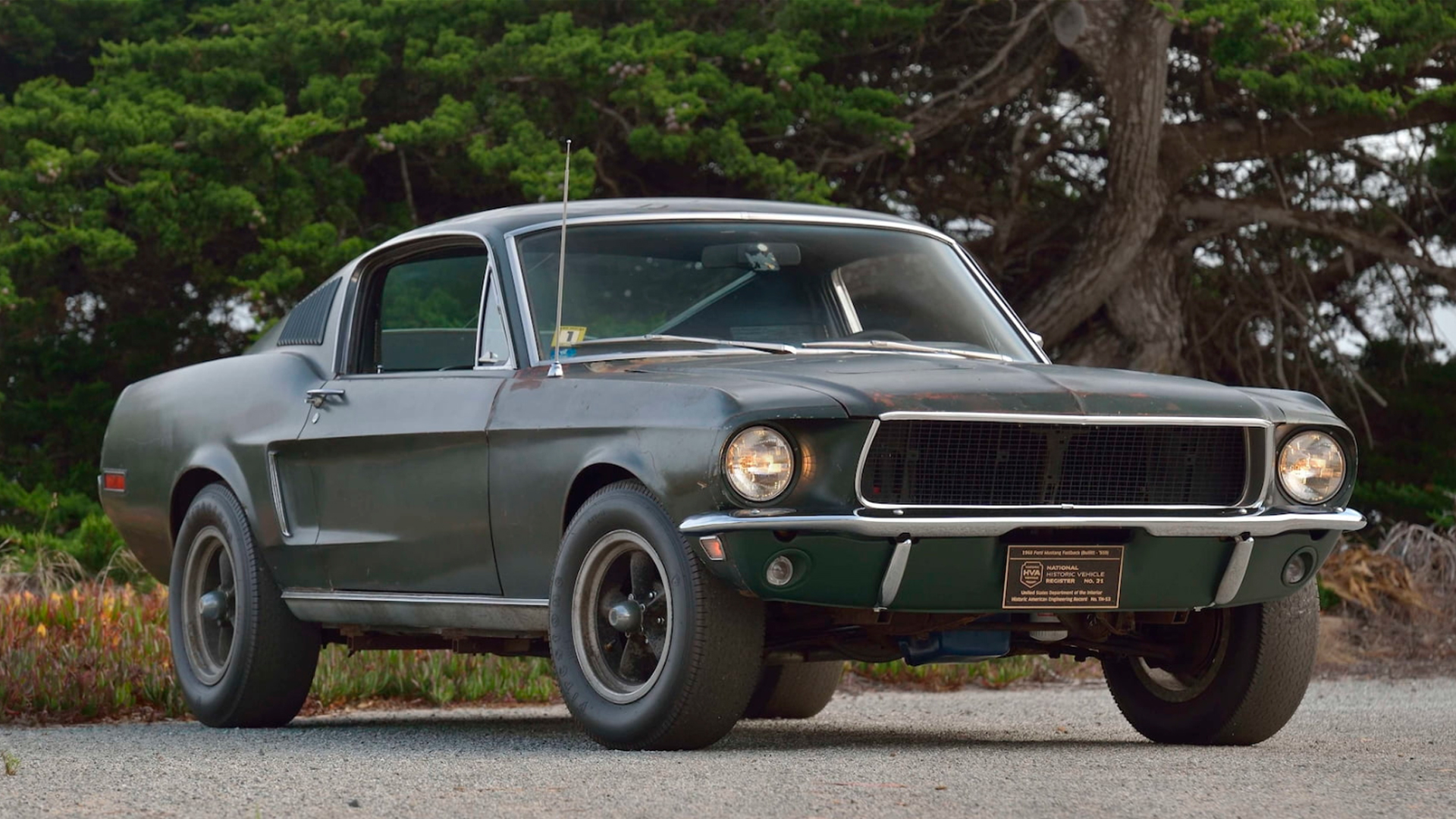Stellar Values
24 January 2020 5 min read 5 images

The Bullitt Ford Mustang certainly didn’t go unnoticed. You’d had to be deaf and blind not to know that one of the holy grails of big screen motoring was going under the hammer at Mecum’s auction in Kissimmee.
Register to unlock this article
Signing up is free and gives you access to hundreds of articles and additional benefits. See what’s included in your free membership. See what's included in your free membership.
Already have an account? Log In